- 3 Dec 2025
- ~3 min
Keep your Estus flask full and your resolve strong. Dive into the latest gaming news and tips right here.
The Latest
-
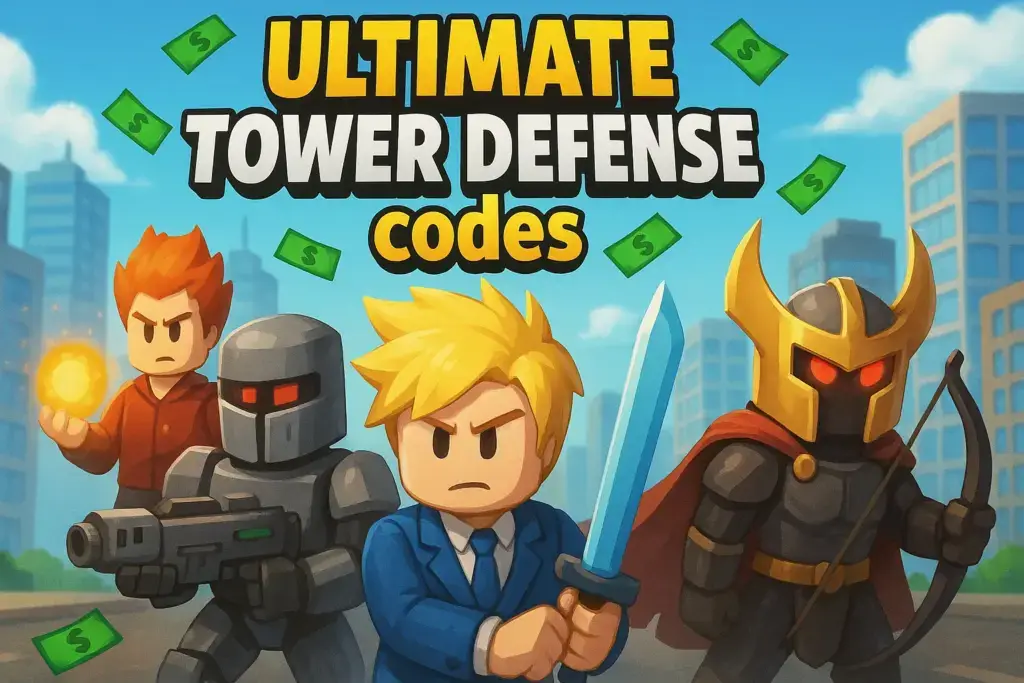 Ultimate Tower Defense codes (December 2025)
Ultimate Tower Defense codes (December 2025)Ultimate Tower Defense is a classic Roblox TD grind, where you drop units and fend off nasty waves to climb the leaderboards. But let’s be honest—grinding out rerolls and boosts…
- 13 Dec 2025
-
 Monopoly Go: Gratis Würfel-Links für heute (Dezember 2025)
Monopoly Go: Gratis Würfel-Links für heute (Dezember 2025)Auf der Suche nach aktuellen Monopoly Go! Gratis-Würfel-Links? Damit bist du nicht allein – jeder echte Spieler will die zusätzlichen Würfe, um auf dem Brett weiterzukommen. Aber mal ehrlich: Bei…
- 13 Dec 2025
- ~3 min
-
 Blox Fruits Codes 2025: How to Get Double XP, Stat Resets & Stay Safe
Blox Fruits Codes 2025: How to Get Double XP, Stat Resets & Stay SafeLet’s be real—grinding in Blox Fruits can get old fast, especially when you’re climbing those late-game levels. That’s why Blox Fruits codes are a must for any pirate looking to…
- 13 Dec 2025
- ~3 min
All
-
 Monopoly Go Free Dice Links Today (December 2025)
Monopoly Go Free Dice Links Today (December 2025)Scouring the web for Monopoly Go free dice links today? You’re not alone—every real player wants those extra rolls to keep the board moving. But let’s be real: with so…
- 13 Dec 2025
- ~2 min
-
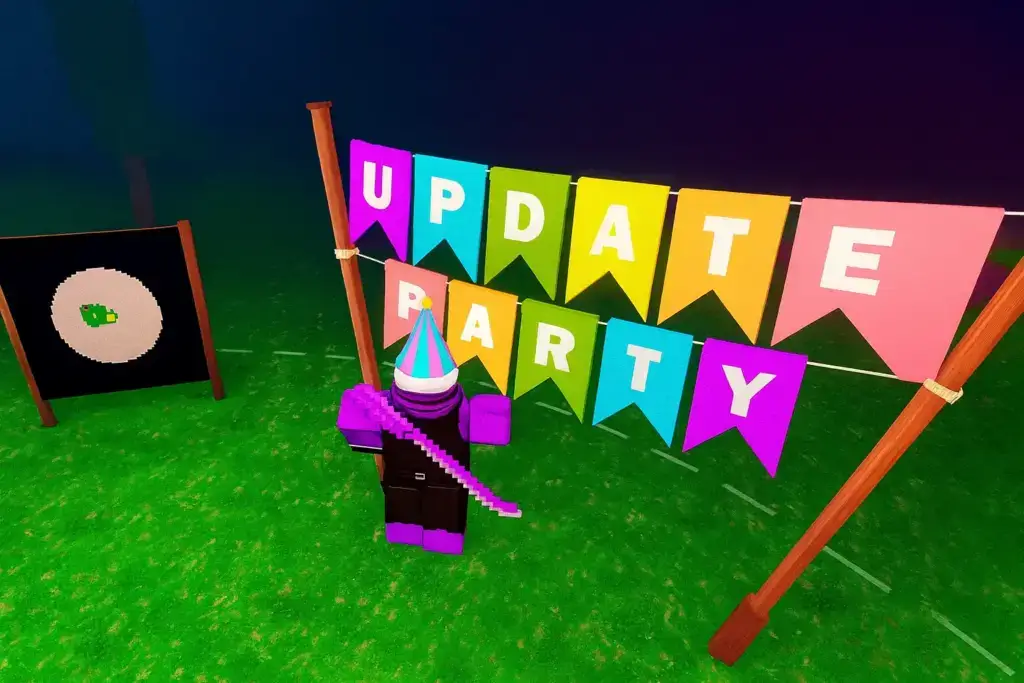 99 Nights in the Forest Update Time (Admin Abuse Schedule)
99 Nights in the Forest Update Time (Admin Abuse Schedule)99 Nights in the Forest’s Admin Abuse events drop more loot in 30 minutes than some can grind in a week. Miss the window, and you’re stuck farming materials the…
- 12 Dec 2025
- ~3 min
-
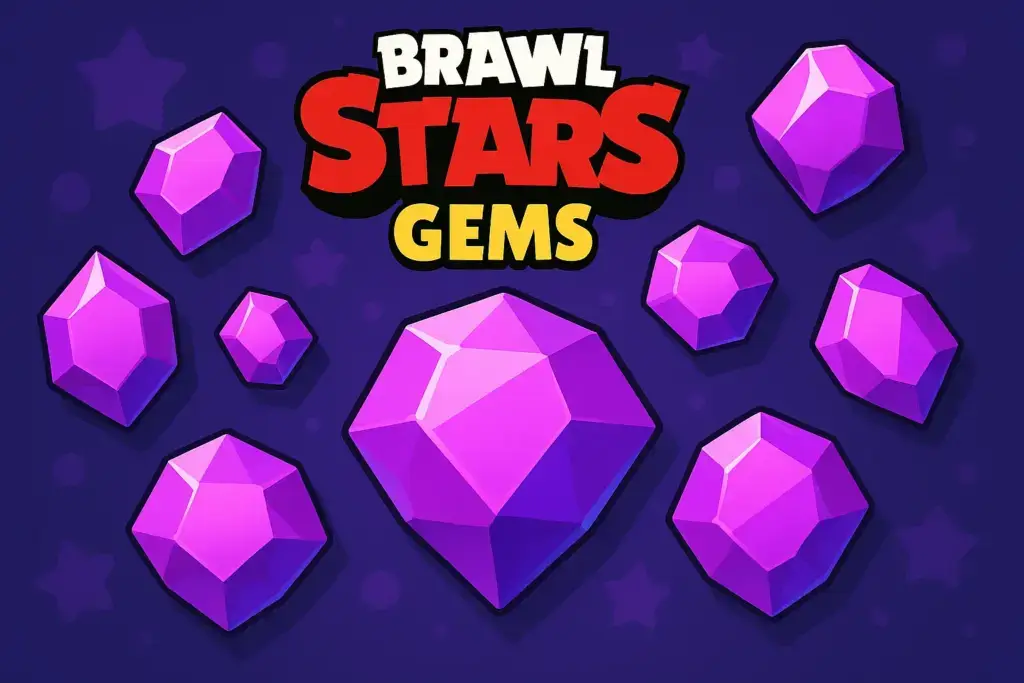 How To Get Brawl Stars Free (or Cheap) Gems in 2025
How To Get Brawl Stars Free (or Cheap) Gems in 2025Yes, you can score free gems in Brawl Stars without ever dropping a cent—but only if you stick to legit, in-game methods. The catch? There are tons of scam sites…
- 12 Dec 2025
- ~3 min
-
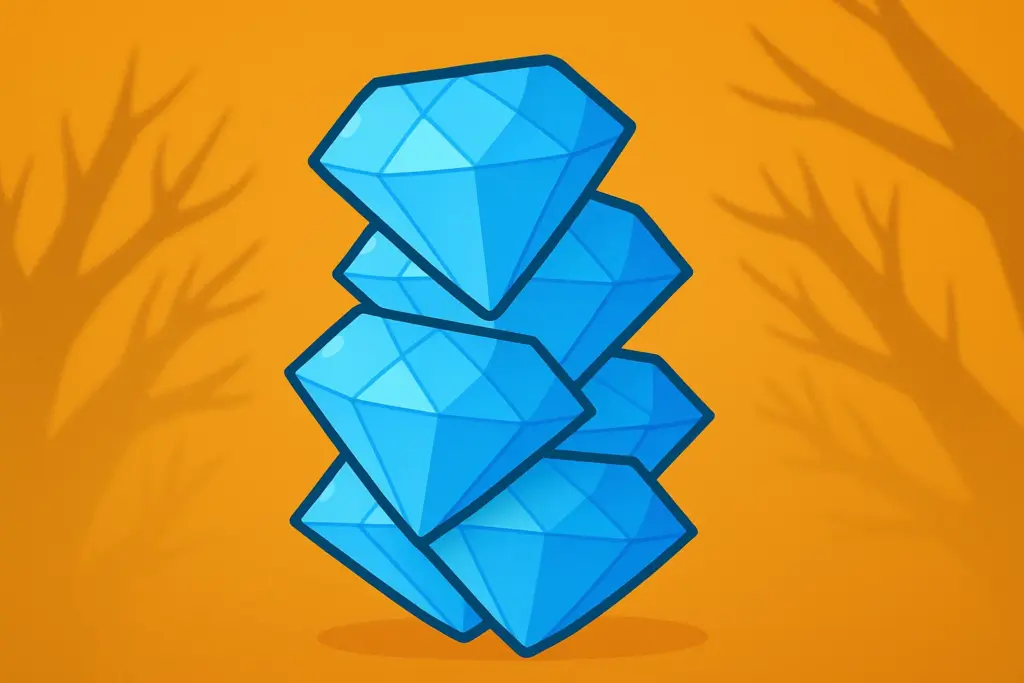 How to Get Diamonds in 99 Nights in the Forest: Free, Fast & Easy Ways
How to Get Diamonds in 99 Nights in the Forest: Free, Fast & Easy WaysNeed diamonds fast to unlock that Cyborg class? The grind for diamonds in 99 Nights in the Forest is tough, especially when you’re staring down those 600💎 diamond requirements. Here’s…
- 12 Dec 2025
- ~4 min
-
 Latest Free Fire Redeem Codes (December 2025)
Latest Free Fire Redeem Codes (December 2025)Every day, Garena drops fresh Free Fire MAX redeem codes – think free skins, diamonds, bundles, and even rare loot, just for being quick on the trigger. These codes are…
- 12 Dec 2025
- ~2 min
-
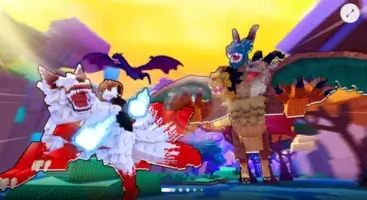 「動物を飼う」でボス(クトゥルフ)の入手方法!!「Raise Animals」
「動物を飼う」でボス(クトゥルフ)の入手方法!!「Raise Animals」さぁ!!動物を飼うでアプデが追加されました!!! しかし、、今回のアプデ内容はかなり少ないです・・ クリスマスに向けて準備している様子・・? ボスの追加!! 今回内容は少なかったですが、なんとボスが追加されました!! 名前はなんと「クトゥルフ」! そう!神話つながりで、クトゥルフ神話からでしょう!! 能力 クトゥルフの能力を紹介します。 なんとこいつ、、ナーフされ弱くなりました!! ナーフ前は体力10ありましたが、現在は3個・・少なすぎる・・。 スピードは20~26とまぁ普通です。 能力ですが、強い部類に入ります。 目の前に波を発生させ、障害物をすべて壊します。 ※動物は当たり判定あるので注意 他の動物と能力がかぶりますが、強いでしょう!! クールタイムは5~6秒!! ナーフ前は1秒ぐらいで、ほぼずっと使用可能でした・・ 入手方法 入手方法は意外と簡単です!! ゲームを走っていると、途中でステージが変わります。 その中にあるエバードォーン時のみ出現 その時にエバードォーンが出てきた時に10%の確率でボスが出現します。 出たらこのように表示が出て、ボスが近づくまで攻撃を避けます。 攻撃をひたすら避けると、徐々にボスが近づいてくるので乗り移ります。 乗り移ったら、ボスを入手できるまで乗るだけ!! ただこれがボスなだけあって、長い・・。 大体6000メートル進まないと入手できないので頑張ってください!! 結構運要素が絡むボスなので、入手は少し難しいですが…
- 11 Dec 2025
- ~3 min
-
 How to Get Free Brainrots in Steal a Brainrot (2025)
How to Get Free Brainrots in Steal a Brainrot (2025)Wondering how to get free brainrots without spending Robux, grinding for hundreds of hours, or falling for scammers while trading? In Steal a Brainrot, you compete to collect rare meme-based…
- 11 Dec 2025
- ~7 min
-
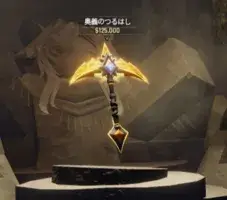 「フォージ」最強ピッケルの作り方「THE FORGE」
「フォージ」最強ピッケルの作り方「THE FORGE」今大流行のフォージの紹介をします!! 大人気で爆発的な人気を誇るフォージです!! 今回は最強ピッケルの入手方法を紹介します!! ピッケル 名前は奥義のつるはし 値段は125,000で少し高めです! 他にも高いピッケルは存在しますが、現状コスパ最強です。 事前に125,000集めときましょう!! 入手方法 まずは第一世界に戻ります!! 第一世界のピッケルを販売している場所の横にNPCがいます。 この人に話しかけると、ギターを探すミッションが開始されます。 ギターがある場所は少し難しいので、気を付けてください。 洞窟に入ってすぐ左に隠し通路があります。 この草の下に隠し通路があり、そのまま入れます!! 入ると骸骨が座っています。 骸骨の右側にギターが置いてあります。 (※もうクリアしている為、画像には映ってません) 戻ってNPCにはなしかけると、謎のカギを入手できます。 また洞窟に入り、一番奥まで行くと開けることができます。 さらに奥に進むと目当てのピッケルが売られています。 奥義のツルハシ 125,000!! マインパワー115 スピード+10% ラックブースト⁺50% ルーンスロット3個 すべての能力が強くて、コスパが良いです! 特にルーンスロット3が最強!!! 後ろから見たものがこれ!かっこいい!!!…
- 9 Dec 2025
- ~4 min
-
 Call of Duty Mobile Redeem Codes: Latest List, How to Redeem and Safety Tips
Call of Duty Mobile Redeem Codes: Latest List, How to Redeem and Safety TipsRedeeming codes for free skins, weapon blueprints, XP boosts, and cosmetics is a game-changer in Call of Duty Mobile. Whether you want to show off exclusive operators or just need…
- 9 Dec 2025
- ~2 min



